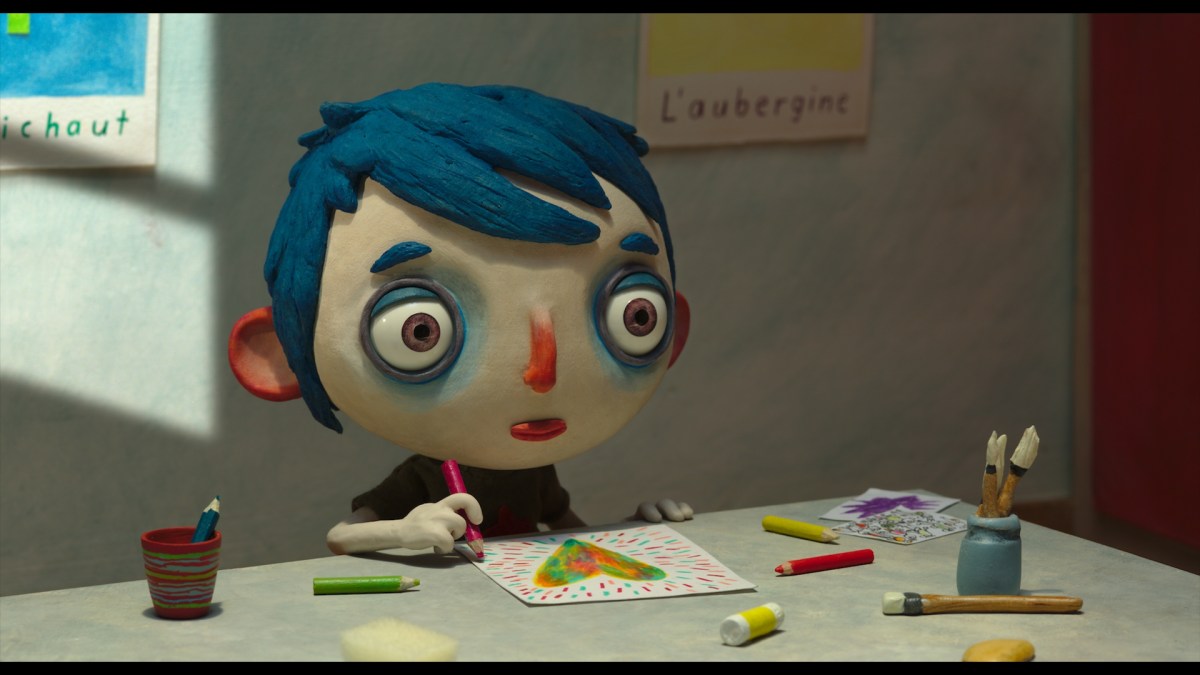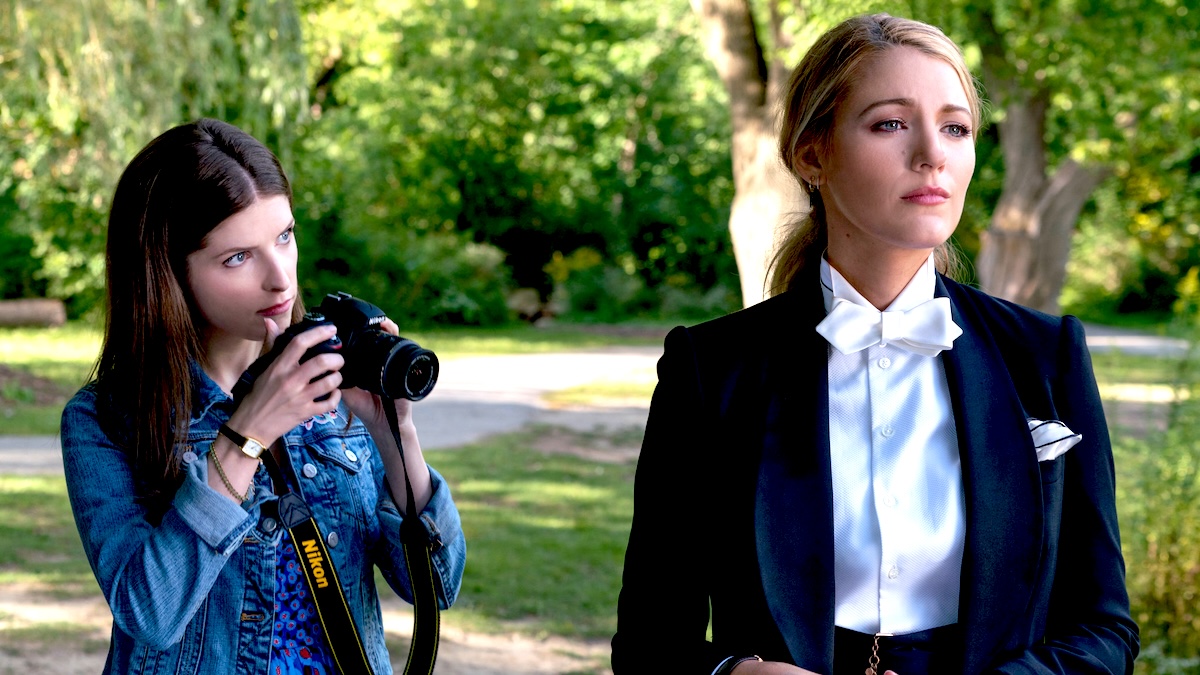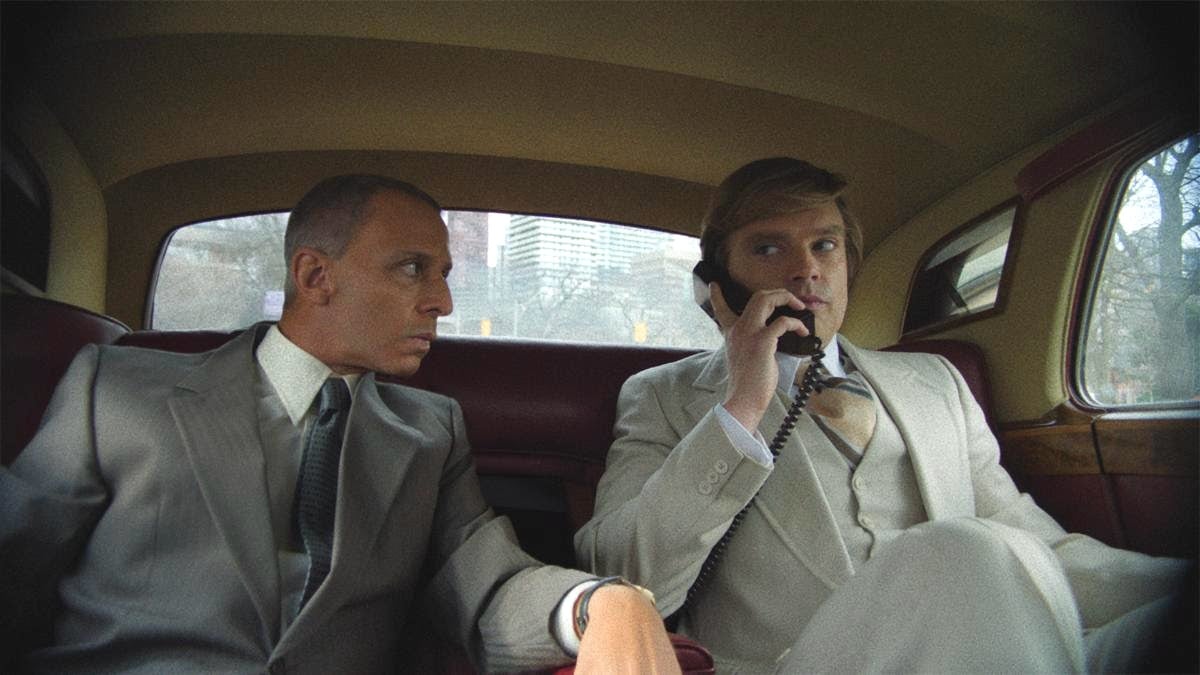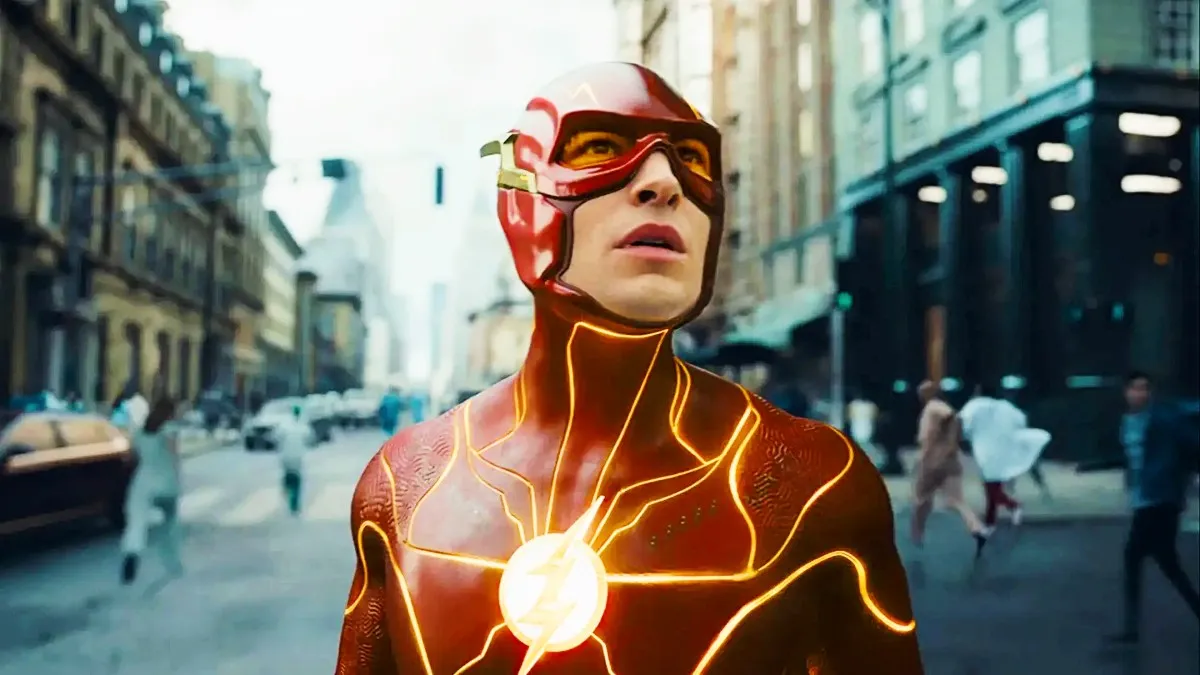French director Céline Sciamma’s films like Girlhood dive into adolescence and coming-of-age with strength and candidness, so I was very excited to talk to her about her role as screenwriter on Ma vie de Courgette or My Life as a Zucchini. The film earned an Oscar nomination for Best Animated Feature this year, and follows the journey of the young orphan Zucchini as he enters an orphanage and forms a new kind of family. It was Sciamma’s first time working in animation, and her writing definitely drew out the stop-motion’s ability to tell power and emotional stories.
When I interviewed director Claude Barras, he gave Sciamma incredible praise for her ability to “think like a child.” Over Skype, Sciamma explained her approach to me, and how thinking like a child as an adult doesn’t mean being simple and carefree. For her, it means pushing against the tendency to sanitize childhood and remembering that for many of us, it’s also a time of uncertainty and dark emotions. Zucchini, she says, is not a movie that wants to cheekily wink at adults or forcibly drag them into the theatre with their children, but rather strives to foster conversations about imperfect or non-blood related families.
TMS (Charline): This movie was the first time you worked in animation, I believe. Tell me a bit about what that was like, since I’m sure screenwriting in that medium brings its own challenges.
Céline Sciamma: Yes, I’m a big, big fan as a viewer of animated films and I feel more and more strongly about them. For the past four years, I feel like my favorite film of the year was always an animated one like the last Miyazaki, or Lost Children–even Inside Out which was the most brilliant script that I had seen in a long time.
So I feel really passionate about it, and that’s why the Zucchini project felt like kind of a miracle, so it was a really good surprise and it keeps being a good surprise. That was 2012 and the journey of the film has been just amazing, I must say. I would really love to write for animation again, especially because it’s writing for kids. I felt that was really really fulfilling in a way that actually makes me think about how I write, or wrote, or should write. It’s really a way to reconsider the art of storytelling once you’ve been on the road of writing for kids.
TMS: A piece of advice director Claude Barras said you gave him was to “think like a child.” What does that mean, or what does that entail?
Sciamma: Well yes, thinking like a child is trying to connect very frankly, very honestly about what it was like to be a child because it’s kind of a taboo, you know? We all go through this, and then when we are adults and we are addressing children we do this, like, “They were innocent, shiny people,” whereas we all know how overwhelming, troubling entering the world is and how we went through dark feelings and very strong emotions.
Thinking like a child is not trying to be lighthearted about everything. It’s really thinking about the challenges and the emotions of childhood and taking them very seriously–taking children seriously as characters, being intelligent and committed and having their mood and everything–and also taking very, very seriously the children as an audience. They are clever and you can talk to them about hard things because they share the same world, and you know that and you’ve been through it. That’s where I put the idea of thinking like a child.
TMS: Tell me a bit about your first encounter with the story, what was your approach to adapting that story?
Sciamma: I felt that I had several things to adapt because there was the book, there was a first draft of the screenplay written by Claude, there were sketches of the characters and also a little video, a teaser of Courgette. So there was already a very strong sign of directing, the mise-en-scène, you could feel it.
Claude had already collected the characters. He had designed and named them, so I really had to find the right, pure storytelling because the book is more episodic. And also try to make it really contemporary.
In the book for instance, the cop has a son, Courgette has a grandmother, and there’s no newborn. I really wanted the film to talk about every situation and the fact that, you know, some kids are never going to be abandoned, some parents are going to be abandoned by their child, and this kind of new family–the fact that it’s not about blood ties, it’s this political idea that you can choose your family. That friendship can be family, then to make it more fluid.
That was something I want the film to say, to assume, to be brave about, and I think that’s what makes it really from today and hopeful for the future.
TMS: Zucchini is a children’s movie but really for everyone. Do you get that sense as well, and were you thinking about the audience when writing?
Sciamma: Yeah, because that was part of the challenge since the book wasn’t made for children. So we really had to configure the story so it would be for children, or welcoming to children. And you know, I really wanted the film to be for everybody and for everybody to be watching the same film. There are some films for kids where you just go with your kid and endure the whole movie, and a second type where the screenwriter and the studio is thinking about you and putting two levels of understanding in a film so you can laugh at a sex joke when your kids is just watching something else.
Those two scales of reading, Courgette is not about that. Everyone is watching the same film. Everyone is crying for the same reason whether you are an adult, a former child, or a child and the movie’s not winking at adults. Everybody has to relate to the same thing and that’s how I thought about the audience, really.
So it’s a family movie because you can really share. I know that parents have been telling us when the get out of the film they have very strong discussions with their kids, which might not be the case when you go out from, say, Frozen. It’s something you share, which was really important.
TMS: Do you have a favorite scene in the movie?
Sciamma: It’s the scene when they are in the snow and skiing, and Courgette and Camille escape and go by the lake and he offers her his boat made out of the beer can that was his only memory from his mother.
He says that sometimes he imagines himself not having lost her and being a grown-up, and she’s drinking and he’s drinking too and he’s happy that this will never happen, which I think is very, very not politically correct–but the movie’s right there in that scene. It’s an intelligent and grieving kid being honest and saying something true, but you don’t hear this much and he’s being in the emotion of first love. This beautiful animated puppet, and the frames are beautiful, and the sound is beautiful. This is a scene that’s kind of true to the film, I think.
TMS: I think that’s a really defining parts of Courgette to look at childhood in a candid way, and looking at grief in a true way. I was also struck by how every kid has such a fully formed story even though they’re side characters. I feel like we don’t see that very often.
Sciamma: Yeah, that wasn’t easy because you don’t have much time to focus on the other kids because it’s a one-character driven film and we have one point of view, and they have very, very heavy backstories so you can’t be enigmatic about them. So that was really a challenge to make it an alive group.
I think this is a challenge that has mostly been taken care of by the animators, not especially by the script because all those kids around the table, and they’re all moving very subtly always, and this is such difficult job. To make five puppets being all themselves and alive and they are not supposed to–if it is Japanese anime it’s just the one that’s speaking who moves–the fact they made this group so alive is really accomplished. The background characters are all in the animators.
TMS: It’s really powerful in the details like a tangled rope or the clinking on a plate. So Claude said his favorite character is Simon, who is your favorite?
Sciamma: Well, I think Simon is both our favorite character because he is the one who is actually in action. He’s the one who is solving problems, but I also have a very very strong tenderness for Ahmed, who is this little guy and accused of being a thief and he says, “No, I’m not a thief. My father is a thief.” A crazy line. I have a lot of tenderness for that character. But the one I think was the most cool to write and powerful in the story is Simon and it’s really Claude’s character and he is the director he puts the spotlight on Simon.
TMS: You talked earlier about the potential for animation and Courgette is told in stop-motion, which is such a labor intensive process. What do you think it is about that medium that brought out the story?
Sciamma: Well I know that in the writing process I felt I could be more bold and courageous because it was animation. For instance, if you take Inside Out, which is a film about the depression of a child, it’s really because it’s animated that you can see everything falling apart and it being bearable, you know? The same story would be really confidential and a small artsy film about a child that would get credit at Sundance, but it wouldn’t be Inside Out.
I think the fact that it’s animated allows us to be more brave and I think for the audience it surprises them that they can connect so much with a puppet, so that emotion is so strong because it also comes as a surprise–they don’t expect it. They’re weird looking, they’re not us, and you can see it’s a puppet because it’s not as fluid a drawing can be, for instance, but the fact that you relate is a strong surprise and part of the reason the film breaks your heart is that it got you. You couldn’t know in advance: that’s the kind of magic the animation genre brings.
TMS: A kind of fun parallel in Courgette I thought was the dance scene, which I read was also one of the most difficult scenes to animate. But you also have this really prominent dance scene in Girlhood to Rihanna’s “Diamonds” and I’m just wondering if there’s anything connection in the way you use these musical moments of joy to inform the larger story.
Sciamma: Well, I shot Girlhood a year after writing Courgette. But I can definitely see that in every one of my films, at 40 minutes whether it’s Tomboy or even Water Lilies there’s dancing. There’s this moment as a group choreography that’s about joy, but dancing in movies is also about narrative. The Rihanna scene in Girlhood is really very important dramatic scene because it’s about how you join a group, how you feel stronger, how you find your voice because of everybody screaming.
So that’s how I feel about dance, it’s like in a musical when the character begins to sing and dance because it’s a very dramatic moment of the plot. I like to think of that when I write those kinds of scenes.
TMS: What are you working on now and what can we look forward to coming from you in the future?
Sciamma: Well I’m working on three scripts for three different directors. I’ve been doing a lot of screenwriting lately and I’m beginning the writing for my next film. So we’ll see how fast this goes but I’m beginning right now actually, like this week.
At the risk of sounding like a broken record, My Life as a Zucchini is a wonderful film about family, grief, and friendship told through some really beautiful stop-motion. It’s currently at select theaters in the United States, so bring a friend and grab some tissues!
—The Mary Sue has a strict comment policy that forbids, but is not limited to, personal insults toward anyone, hate speech, and trolling.—
Follow The Mary Sue on Twitter, Facebook, Tumblr, Pinterest, & Google+.









Published: Mar 9, 2017 02:22 pm